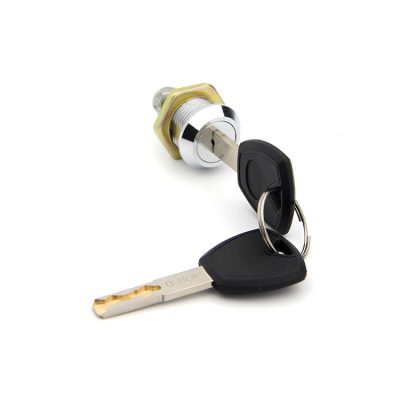Mastering your domain with smart locks for home security involves leveraging the advanced features and capabilities of these devices to create a robust and comprehensive security system. Here’s how you can achieve this:
- Comprehensive Access Control: Utilize the keyless entry capabilities of smart locks to establish comprehensive access control for your home. Assign unique access codes to family members, friends, and trusted service providers, allowing you to track who enters and exits your home at all times.
- Remote Monitoring and Control: Take advantage of the remote access features of smart locks to monitor and control your home’s security from anywhere. With a smartphone app, you can lock or unlock doors, receive real-time notifications of any security events, and check the status of your locks remotely.
- Integration with Security Systems: Integrate your smart locks with your home security system to create a cohesive and interconnected security ecosystem. Syncing your locks with alarms, cameras, and motion sensors enhances overall security by triggering automated responses to potential threats or breaches.
- Customized Security Settings: Tailor security settings to suit your specific needs and preferences. Configure auto-locking schedules, adjust sensitivity levels for tamper detection, and create personalized access rules to ensure optimal security for your home.
- Enhanced Privacy and Data Security: Prioritize smart locks from reputable manufacturers with strong encryption and security protocols to safeguard your privacy and data. Regularly update firmware and software to protect against potential vulnerabilities and security threats.
- Backup and Redundancy: Implement backup and redundancy measures to ensure continuous operation of your smart locks. This may include battery backup options, mechanical key overrides, or secondary access methods in case of technical failures or emergencies.
- Regular Maintenance and Testing: Perform regular maintenance checks and testing to ensure the proper functioning of your smart locks. Test batteries, update software, and inspect hardware components to identify and address any issues proactively.
- User Education and Training: Educate household members and authorized users on proper usage and security best practices for smart locks. Train them to create strong access codes, avoid sharing credentials with unauthorized individuals, and report any suspicious activity immediately.
- Monitoring and Response Protocols: Establish monitoring and response protocols to address security incidents effectively. Define roles and responsibilities for responding to alerts, coordinating with authorities if necessary, and implementing corrective actions to mitigate risks.
By mastering your domain with smart locks for home security, you can create a resilient and adaptive security system that provides comprehensive protection for your home and peace of mind for you and your loved ones.









